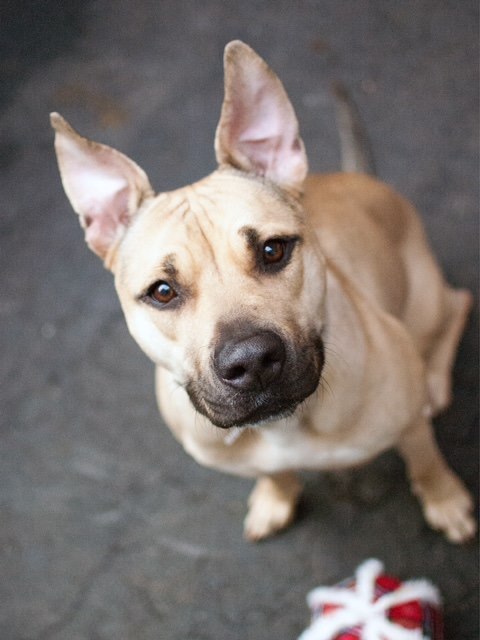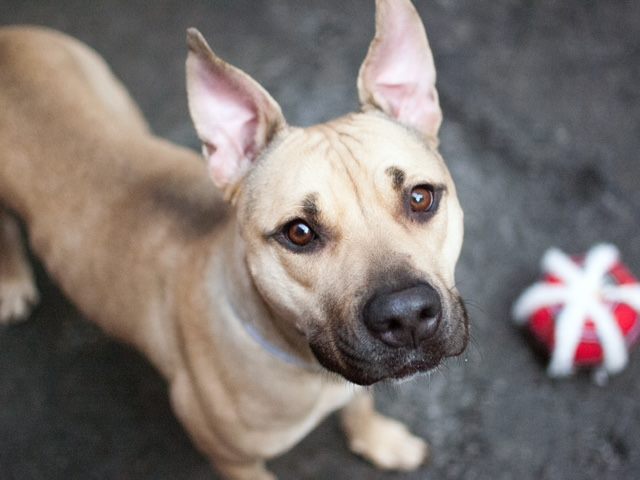Responsibly Managed Forest Concessions Can Protect Jaguars and Other Mammals
Watch the video:
English Version: https://www.youtube.com/watch?v=O2FcNSOmmBY
Spanish Version: https://www.youtube.com/watch?v=8KWUTJY1VH8
WCS Guatemala, in partnership with Wildlife Messengers, produced a video on a study showing how reduced-impact logging, which includes minimizing roads, avoiding sensitive areas and strictly regulating hunting, can have minimal impact on jaguars and other wildlife.
The study, originally published in 2018 by San Diego Zoo Global and WCS, indicates that well-managed forest concessions can maintain important populations of large and medium-sized mammals including large herbivores and large carnivores as long as hunting is controlled, outside access to roads is prohibited, and the volume of timber allowed to be extracted remains low.
The authors of the study say that responsible forest management would therefore be an ideal activity in the buffer zones and multiple use zones of protected areas creating much less impact and conflict than alternatives such as agriculture or cattle ranching while still providing economic opportunities. Forest concessions can also play an important role in maintaining landscape connectivity between protected areas, according to the study’s authors.
The results and video come now an October 22nd event when the President of Guatemala, Alejandro Giammattei, will extend the contract of three community forest concessions and approve two new community forest concessions in the Maya Biosphere Reserve – a significant conservation milestone for Guatemalan government, the National Council for Protected Areas (CONAP) and the Association of Forest Communities of Petén (ACOFOP).
WCS (Wildlife Conservation Society)
MISSION: WCS saves wildlife and wild places worldwide through science, conservation action, education, and inspiring people to value nature. To achieve our mission, WCS, based at the Bronx Zoo, harnesses the power of its Global Conservation Program in nearly 60 nations and in all the world’s oceans and its five wildlife parks in New York City, visited by 4 million people annually. WCS combines its expertise in the field, zoos, and aquarium to achieve its conservation mission.


















